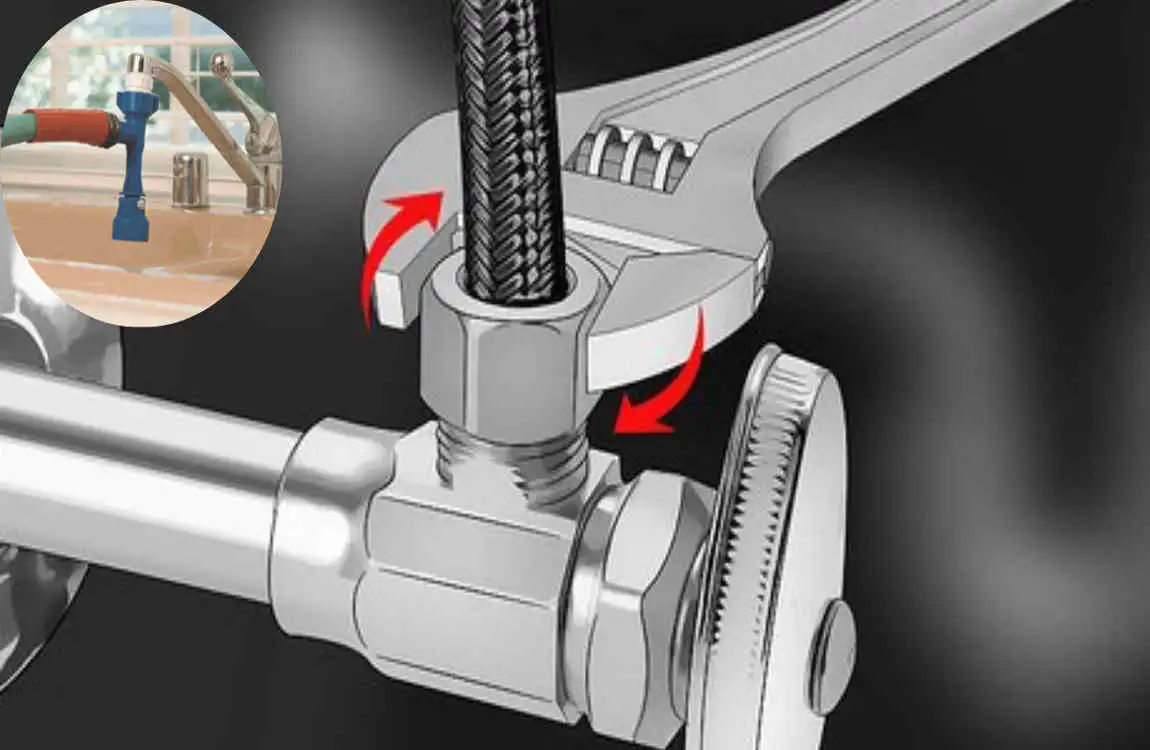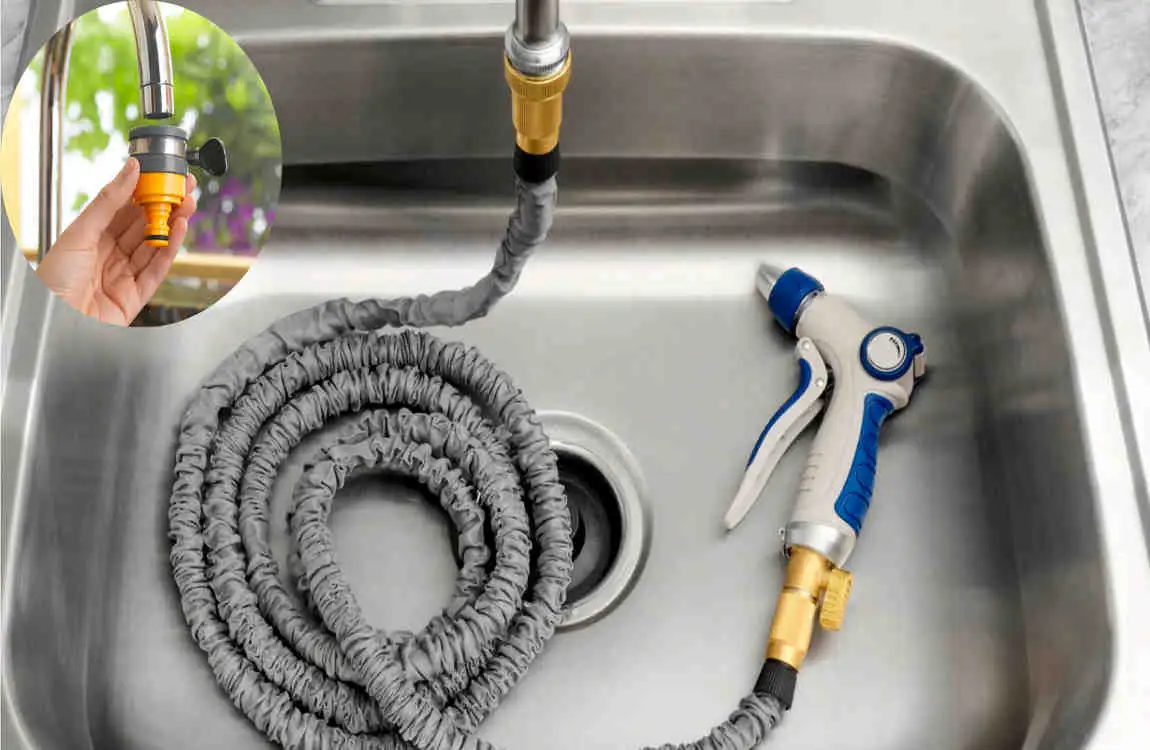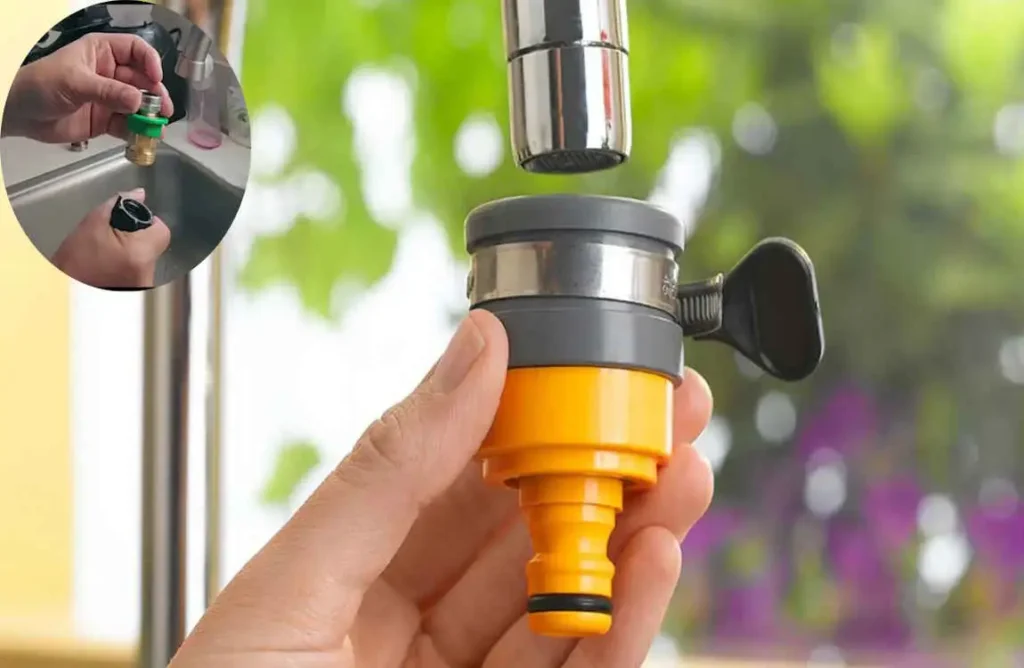To connect a water hose to a kitchen faucet, you typically need a faucet adapter that fits the faucet spout and has a hose connector. This allows you to easily attach a garden or utility hose for tasks like filling buckets or washing items. The process involves selecting the correct adapter, securing it onto the faucet, and then attaching the hose for a leak-free connection home kitchen.
Materials needed for connecting a water hose to a kitchen faucet

To successfully connect a water hose to a kitchen faucet, gather a few essential materials first. Start with the correct type of water hose. A standard garden or utility hose typically works well.
Next, you’ll need an adapter that fits your specific kitchen faucet. This is crucial for creating a secure connection.
A pair of adjustable wrenches will help you tighten everything without damaging any fittings. Also, consider having some plumber’s tape on hand for additional leak protection around threaded connections.
Don’t forget about a bucket or container to catch any excess water during installation. Having these items ready makes the process smoother and more efficient as you set up your new home kitchen feature.
How to connect the water hose step-by-step
Start by gathering your materials. You’ll need a water hose, an adapter for the kitchen faucet, and possibly some Teflon tape to ensure a tight fit.
Next, turn off the water supply to prevent any mess. Remove the aerator from your kitchen faucet using pliers if necessary.
Now, attach the adapter to the faucet where you removed the aerator. Make sure it’s snug but not overly tight—this will help avoid leaks later on.
Once secured, connect one end of your water hose to the other side of the adapter. If you’re using Teflon tape, wrap it around threads for added protection against leaks.
Turn on the water supply slowly and check for any drips or leaks at both connections. Adjust as needed until everything is secure and dry.
You may also read (how high should a kitchen sink drain be from the floor in your home).
Benefits of using a water hose in the kitchen

Using a water hose in the kitchen brings a range of practical advantages. For starters, it offers flexibility for various tasks, from rinsing fruits and vegetables to filling pots quickly.
The reach of a hose allows you to access hard-to-reach areas with ease. No more awkward maneuvering around your sink or countertop when washing items that don’t fit comfortably in standard faucets.
Many hoses come equipped with adjustable nozzles. This feature lets you switch between different spray patterns according to your specific needs—whether it’s gentle misting or powerful jet sprays.
Safety precautions and tips for using a water hose in the kitchen
Using a water hose in the kitchen can be convenient, but safety should always come first. Ensure that your hose is specifically designed for indoor use to prevent any contamination.
Check for leaks or damage before attaching it to the faucet. A damaged hose can lead to unexpected spills and potential accidents.
When connecting the hose, make sure it fits securely on the faucet without over-tightening. This prevents wear and tear on both the fitting and the faucet itself.
Keep an eye on where you’re directing water during use. Avoid spraying near electrical appliances or outlets.
After using, disconnect the hose promptly to minimize standing water around your sink area. This helps avoid slip hazards as well as mold growth over time.
Store your hose properly when not in use. Coiling it neatly avoids kinks and keeps things tidy in your kitchen space.
You may also read (how to fix a dropped kitchen sink in your home quickly).
